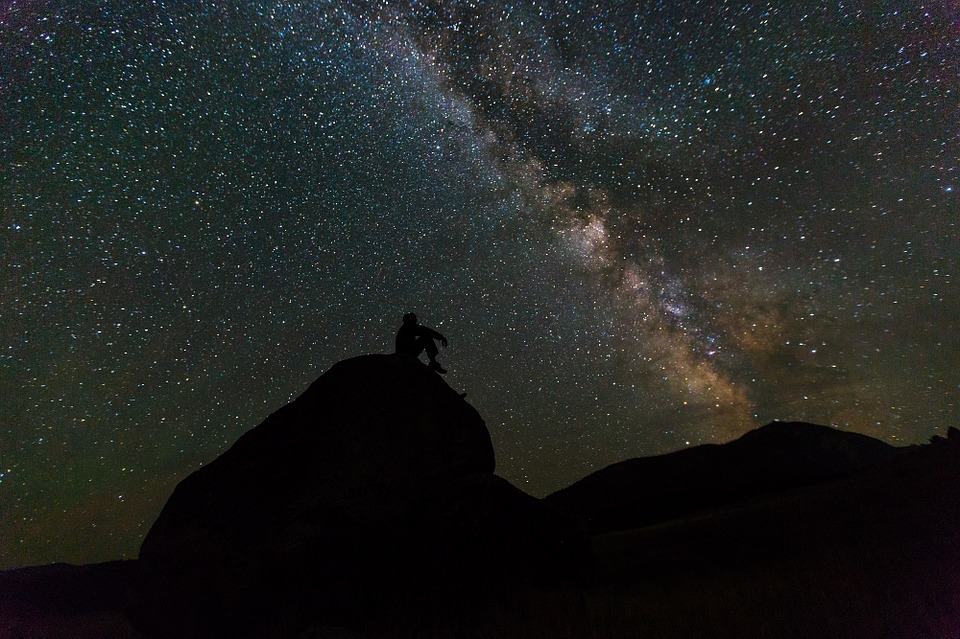Stargaze This Weekend with the Perseid Meteor Showers
Stargaze This Weekend with the Perseid Meteor Showers https://teamue.com/wp-content/uploads/2016/08/milky-way-916523_960_720.jpg 960 639 Emilie https://secure.gravatar.com/avatar/11508f46fcb311d28382b7ccd76b6b98?s=96&d=mm&r=gIt’s not every day that we have the opportunity to watch a stunning meteor shower passing closely to the earth’s surface. But each year as summer comes, so do the Perseid meteor showers. The Perseid showers (which actually already started on July 17th) will be peaking this coming weekend on August 11th and 12th. This is supposed to be one of the most spectacular Perseid showers in years, with experts expecting about 200 meteors per hour (over 3 meteors per minute). It will be an incredible sight to watch, and if you haven’t stargazed before, this is definitely a good time to start.
What are the Perseid Showers?
It’s easy to think that a meteor shower occurs when meteors circulate closely to the Earth. However, the Perseid Shower is actually the exact opposite. The Perseids are meteors which appear to originate from the constellation Perseus (in reality, the meteors are actually far closer than the stars in the Perseus constellation). The meteors are broken off pieces from Comet Swift Tuttle, which leaves these meteors behind as a trail. The meteors trailing Swift Tuttle are influenced by a gravitational field, just as we are. During the time of the Perseid showers, the Earth is pulled into the stream of the Perseids. Thus, the meteors do not come closer to us during this time, we actually move into the stream of the Perseid meteors.
When the meteors enter the Earth’s atmosphere, this causes them to heat up. Thus, we see a burning meteor and have coined the term “shooting star.” This year, Jupiter’s orbit is forcing more of these meteors to enter Earth’s atmosphere. Therefore, more meteors burn and we see more “shooting stars” during the shower.
The Perseid Showers also have meaning to ancient Greek myth. According to Greek mythology, Zeus and a mortal Danae were the parents of Perseus. When Perseus was born, Zeus had to arrive in a shower of gold to win over Danae: and later, the Perseid showers were named after Perseus. Greek legend follows Perseus’s story as him and Danae are banished from the kingdom, and Perseus is later forced to fight Medusa to appease the king.
When and Where Should I Watch?
There are several factors that can make it easier to view the Perseid Showers. Of course, any time one is viewing meteor showers it is best to find a location that is away from unnatural light (like that found in a city or even busy town). You should also find a location where you can see as much of the sky as possible. This is why camping is such a good activity for meteor shower weekends. However, even going to a local park will be an improvement over watching from the middle of a busy town.
Additionally, another complication for viewing the showers is the brightness of the moon. During the Perseid Showers, the moon will luckily be setting before sunrise. The night of the 11th the moon will be in first quarter (and set a little after midnight), and the night of the 12th it will be in the waxing gibbous phase (setting a bit before 1 AM). That means that as long as the showers are active between midnight/1 AM and sunrise, this will be the easiest time to see as many meteors as possible. However, nature is finicky, so you should still keep an eye out the rest of the night, in case the showers aren’t very active during this ideal viewing window.
If you really want to start watching the showers as early as possible, the Perseus constellation appears in the night sky around 10 PM, and 2 hours later at midnight is when the shower becomes more active. Try taking a nap before it gets dark, and then camp outside for the night with some blankets and lawn chairs. If you can’t stay out for the whole night, try to watch for a minimum of 1-2 hours. Any shorter time span will make it difficult to see the showers well, since the meteors will come in waves.
So head outside, grab some snacks and blankets, and enjoy the beautiful night sky!
Davies, Claire. "August 2013 - Perseus and the Perseid Meteor Shower - Sci@StAnd." Sci @St And. The University of Saint Andrews Science Magazine, 01 Aug. 2013. Web. 03 Aug. 2016.
Lewin, Sarah. "Perseid Meteor Shower 2016: When, Where & How to See It." Space.com. N.p., 1 Aug. 2016. Web. 03 Aug. 2016.
McClure, Bruce, and Deborah Byrd. "Perseid Outburst Expected in 2016 | EarthSky.org." EarthSky. N.p., 31 July 2016. Web. 03 Aug. 2016.


